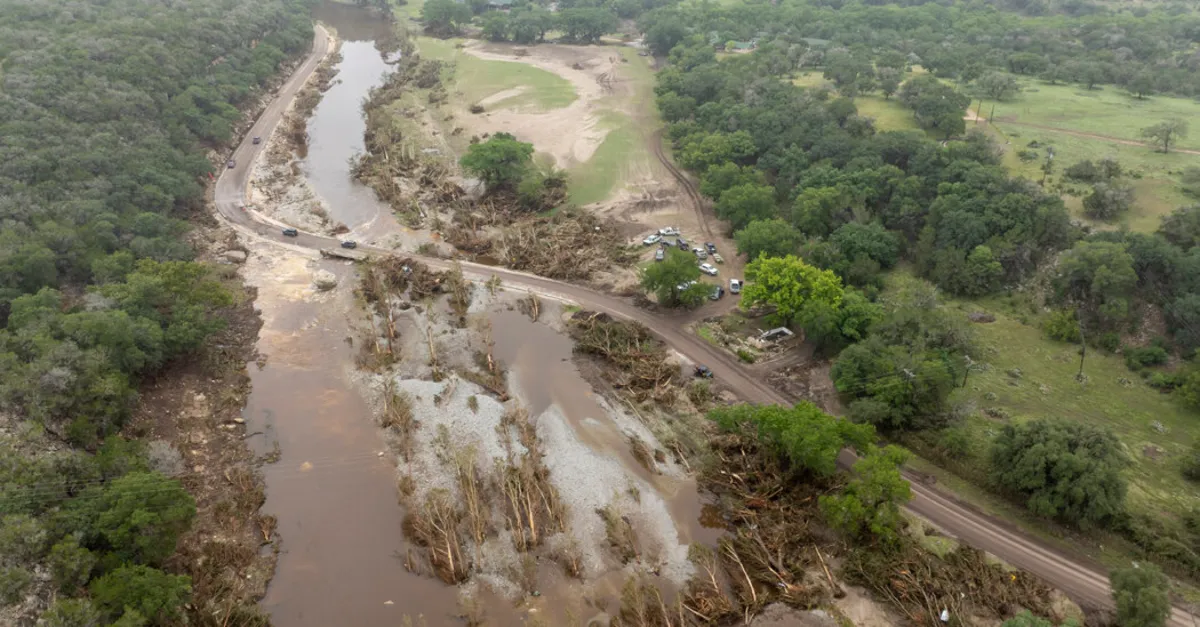
As severe rainfall inundated parts of Central Texas on Friday morning, critical positions at the local offices of the National Weather Service remained unfilled. This situation has led to growing concerns among experts who question whether these staffing shortages hindered the agency’s ability to effectively coordinate with local emergency managers during the rising floodwaters.
In the wake of the flooding, Texas officials have directed some blame towards the Weather Service for their forecasts issued on Wednesday, which they argue underestimated the volume of rain expected. However, former officials from the Weather Service contend that the forecasts were as accurate as possible, considering the unprecedented levels of rainfall and the storm’s sudden escalation.
The ongoing staffing shortages within the Weather Service point to a more significant issue — the loss of experienced personnel. These individuals typically play a crucial role in communicating vital information to local authorities in the critical hours following the issuance of flash flood warnings, particularly during severe weather events.
As the death toll from the floods continues to rise, the implications of these staffing shortages are likely to come under scrutiny. Separate issues regarding the preparedness of local communities have also surfaced, notably the apparent absence of a local flood warning system in Kerr County, where many fatalities occurred.
Rob Kelly, the Kerr County judge and its highest-ranking elected official, explained in an interview that the county lacks a flood warning system primarily due to the high costs associated with implementing such systems. He noted that local residents often resist new spending initiatives. “Taxpayers won’t pay for it,” Mr. Kelly stated. When questioned whether the recent catastrophe might lead residents to reconsider their stance, he replied, “I don’t know.”
The recent flooding in Central Texas not only highlights the immediate dangers posed by extreme weather but also raises critical questions about the preparedness and responsiveness of local governments. As discussions about the role of the National Weather Service and local emergency management continue, the need for improved communication and better resources will likely be at the forefront of future dialogues.